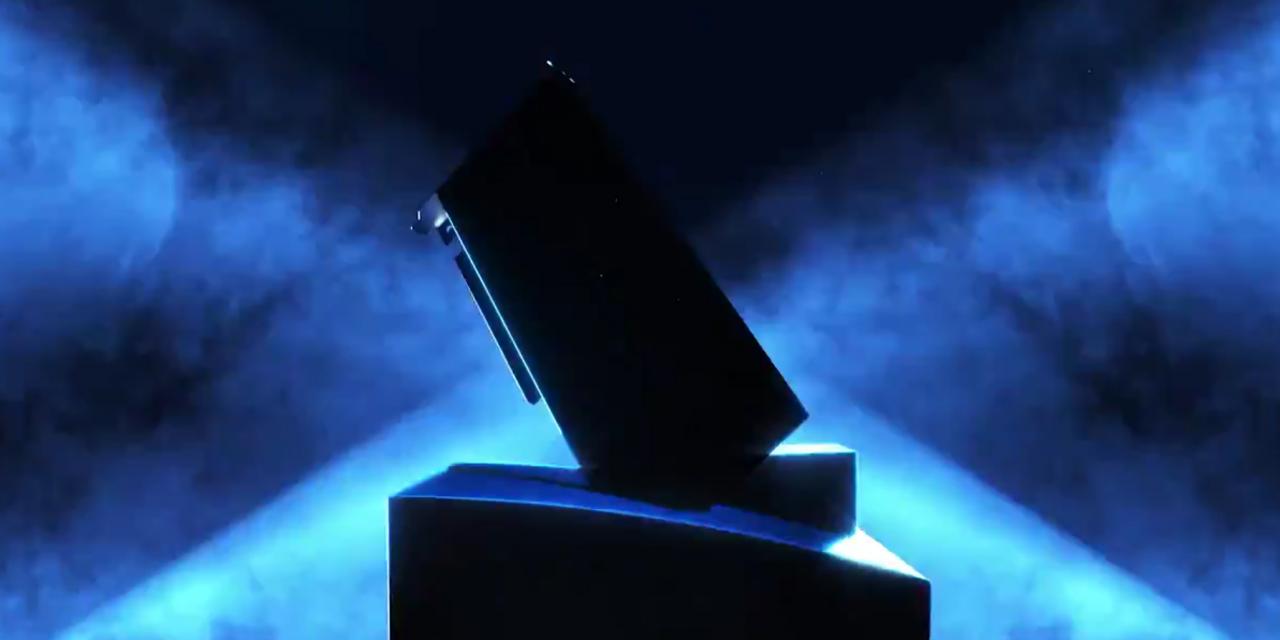
PC gamers and enthusiasts were more than a little excited when it came to light that Intel was working on its first dedicated graphics chip project since the failures of Larabee in the late '00s, so it's with just as much intrigue that we read through a recent interview between VP of Intel’s Core and Visual Computing Group, Ari Rauch, and HotHardware, only to glean very minor details from it.
Still, beggars can't be choosers and just less than two years until these graphics cards are expected to release, it's perhaps no surprise that Intel isn't quite ready to show us everything it's got just yet. What we did learn, is that it seems set on making a very scalable GPU solutions. Rauch suggested that it its new Arctic Sound GPU could be found everywhere from server rooms, through gaming PCs, and inside the next-generation CPUs from the chip giant -- although it seems likely that they won't feature in the K series chips, with Intel assuming owners of those chips will have an add-in board too.
Part of this is possible thanks to what Rauch describes as new rendering techniques and capabilities which aren't currently used by graphics cards and APIs of today. What that is, is anyone's guess, but considering what we've seen from Nvidia's latest-generation, we would imagine it's something in the realm of DLSS or RTX ray tracing. Not the same, but something like that. A smaller technology that will find niche use to begin with and may propagate in the years to come.
That is unless Nvidia and AMD have their own "new rendering" techniques by then. There's enough time for them to consider it. If they know what it is, that is.








